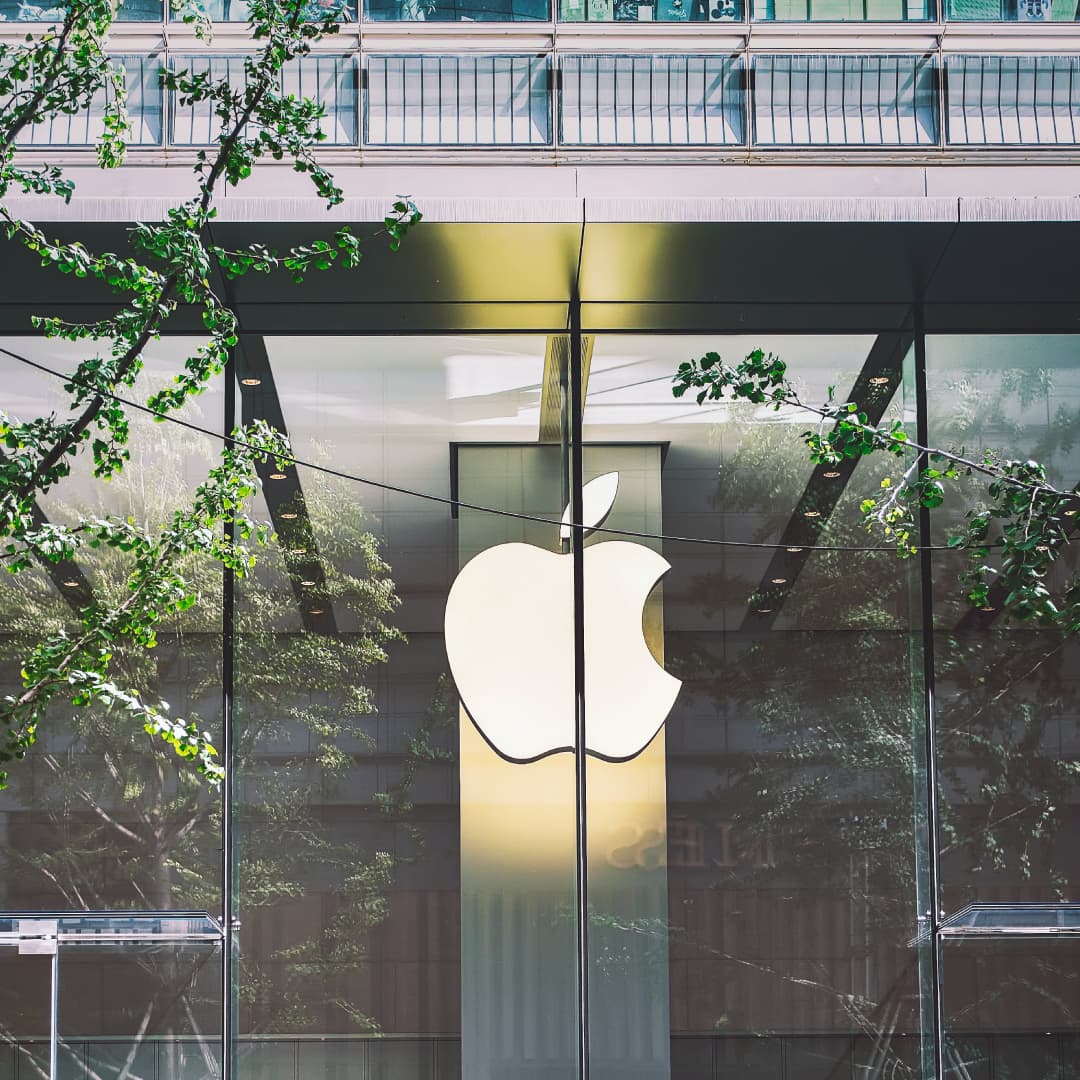Three challenges and three opportunities for marketers following Apple’s privacy updates

When Apple announced updates to its privacy practices with the release of iOS 15, marketers began expressing legitimate concerns over what this would mean. Our VP and Deputy General Counsel John Story published an insightful blog post immediately following the announcement to try to unpack its impact for marketing.
Now a few weeks later, many think it’s time for survival mode, considering what workarounds can mitigate the effect iOS 15 will have on our ability to engage consumers. But as something our CMO Norman Guadagno said in a recent data ethics webinar, “workarounds” aren’t compatible with “ethics.” In other words, if we aim to operate ethically – as we do and believe all companies should – then we can’t try to cheat the system; we must come up with new ways to innovate within the guardrails provided.
To tackle these challenges, work with your MarTech provider to understand how your existing product portfolio and the provider’s partnership ecosystem can help you adapt. Here, we’ll break down a few of the challenges marketers face and the opportunities they present.
Challenge 1: Ability to track activity across platforms
All IP addresses will be masked, which means you can’t use the address for linking to other activity or to determine the user’s location. While more information is still being released, current materials indicate that you will receive a random IP address from the “region,” but we don’t know how narrow that region will be (i.e., if it equates to a city, state, county, etc.). Fine grain location information can’t be relied on and trying to use IP addresses to match an individual’s activity from an email to a website visitor, or reverse, won’t be possible anymore.
Those who pay for an iCloud subscription will also have a “hide my email” feature available to them, which allows users to dynamically create a unique email address for websites. Now, we won’t be able to identify the same user across channels and interactions based on their email address.
Opportunity 1: Enhance your first-party data strategy
In addition to these changes from Apple, support for third-party cookies is ending (eventually) as well, making a well-developed first-party data strategy even more critical. Embrace site metrics and other first-party measurements and develop a closed-loop marketing approach that connects your first-party data to the zero-party data that consumers share with you proactively. By leveraging the data consumers want to share with you, you’ll be able to create more meaningful relationships built on trust.
Challenge 2: Knowing someone opened your email
Images and CSS will now be auto loaded by the Apple Mail app when it receives your email. On our end as marketers, because it looks like both assets are loaded, we won’t be able to identify if someone actually opened an email since now all emails will look like they have been. Open rates are a popular metric tracked by email marketers across industries, but it’s important to remember that they aren’t a true indication of success – tracking customer lifetime value and campaign ROI are more effective.
Opportunity 2: Embrace the age of contextual analytics
Move beyond single-point attribution to understand how a journey and the touchpoints in that journey contribute to outcomes. With contextual analytics, you’re considering the holistic customer journey, not just one channel like email. Rather than relying on third-party data like open rates, you’re focused on first-party data that you can collect directly from customers and prospects such as direct feedback via customer surveys, behaviors on social properties, or data from your CRM. Our Campaign and Analytics tools are ideal for tracking these metrics.
Challenge 3: Relying heavily on push and SMS notifications
With the new notification experience rolling out, each customer can decide when they see a notification from an app, and how it will appear or be hidden until desired. Apple is also using proprietary rulesets to determine this, which app developers and brands can’t control. For example, a retailer can’t exclusively use push or SMS for a marketing campaign and expect the user to see it in a timely fashion or even to see it at all. It’s too early to know how extensive the consequences will be, but with intelligence determining when and if to even show notifications, brands will be affected.
Opportunity 3: Think beyond mobile and get creative
Many professionals love marketing because it’s a creative outlet. Yes, the metrics and data matter, but getting an exciting campaign into market is equally rewarding, if not more so. It may be more difficult to engage consumers on their mobile devices or through email, but if you invest in creating engaging experiences that build trust with consumers across channels, they will be more willing to share the zero-party data that can help your campaigns become more effective.
Technology should be your enabler to creating more human connections and experiences, not the hurdle for you to try to find a way around. Consumers are asking for greater privacy and protection and the brands that succeed will work within the guardrails private companies like Apple provide, regulators require, and ethics demand.
To learn more about how Acoustic can help you manage the changing privacy landscape, get in touch with us today.
